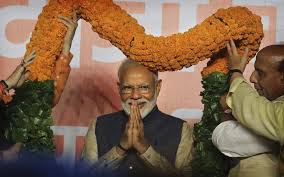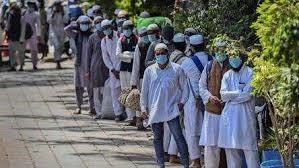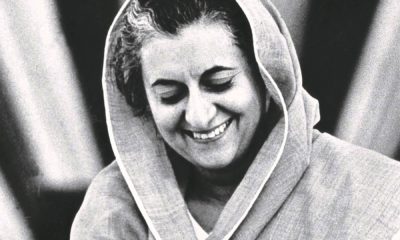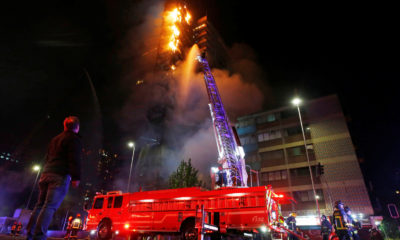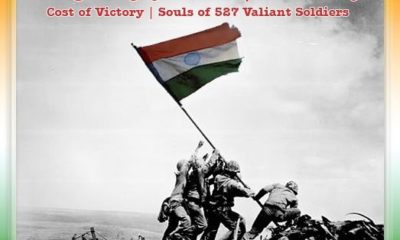Feature
Once republic country India went through its darkest period called ‘Emergency’
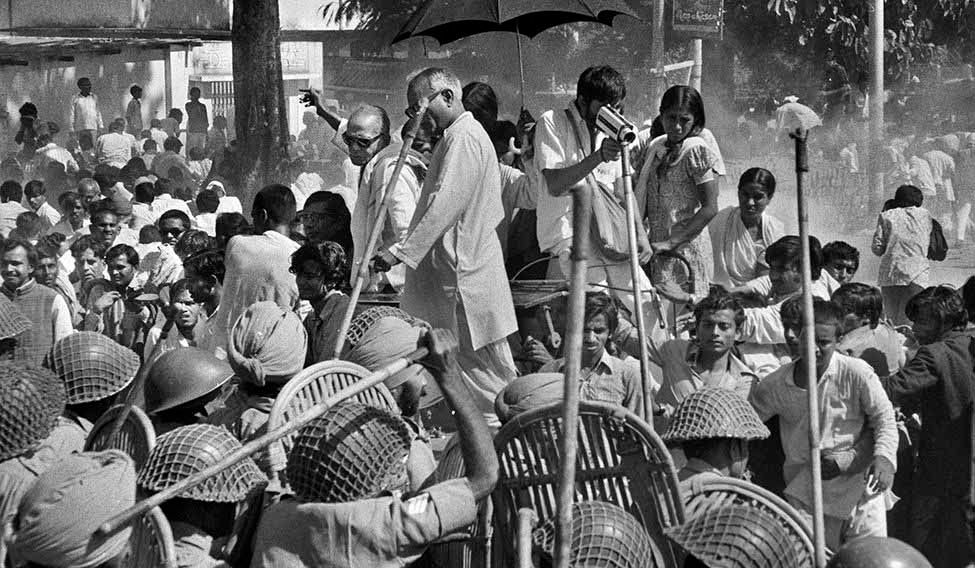
New Delhi: It was on the night of June 25-26 when the state of Emergency was officially issued and imposed by the then President Fakhruddin Ali Ahmed in the year 1975 on democratic India.
A national emergency was set in motion about forty-three years ago by the Indira Gandhi government and was in place for 21 months till its withdrawal on March 21st in year 1977.
Basically, it was on the night of June 25-26 when the 1975 Emergency was officially issued by the then President Fakhruddin Ali Ahmed. The presidential proclamation said “the security of India is threatened by internal disturbance”.
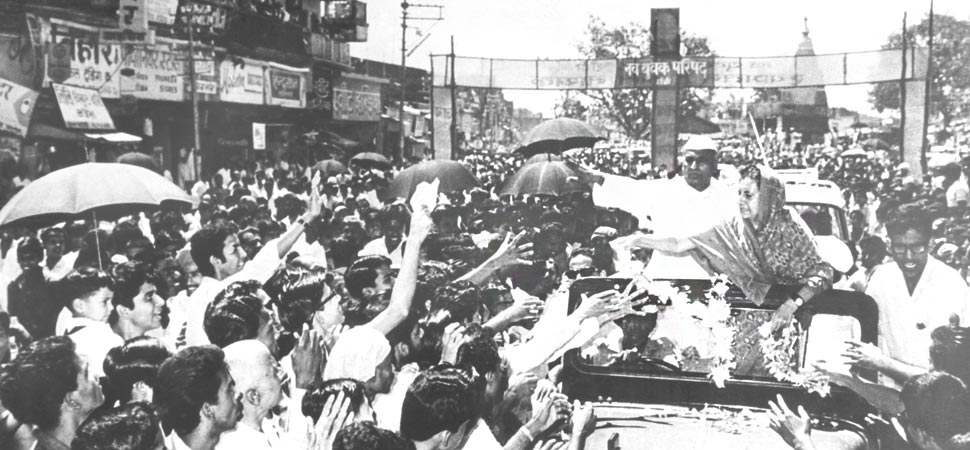
Now, according to Article 352 of the Indian Constitution, a national emergency can be imposed when there is a “grave threat” to the security of India or any of its territory due to war, external aggression or armed rebellion.
Only such kind of emergency can be imposed by the president on the basis of written request by the council of ministers headed by the Prime Minister.
The emergency provisions in India are such that the constitution itself enables the federal government to acquire the strength of unitary government whenever the situation demands.
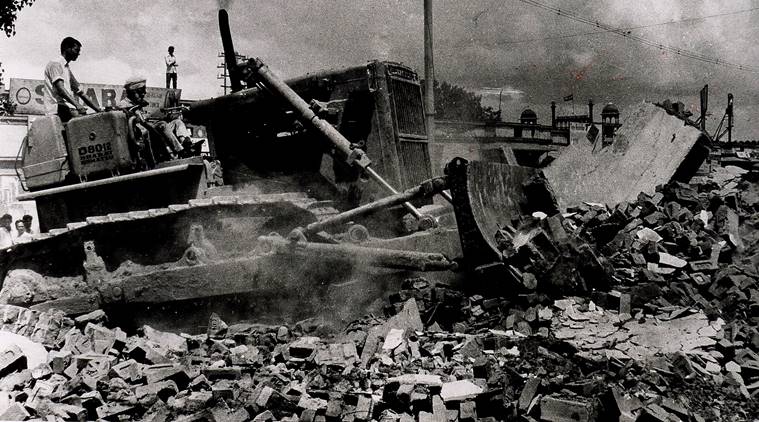
According to Article 256, that pertains to failure of constitutional machinery in state also known as the President’s rule, if the president on Governor’s report or otherwise is satisfied that the situation has arisen that the government can’t be carried in accordance with the constitutional provisions, he may issue State emergency.
On the other hand, Financial Emergency can also be declared by the President under Article 360 of the constitution if he believes that the financial stability or the credit of India or any part of its territory is threatened.
Basically, what happened during Emergency in year 1975?
Democratic country India once suffered from darkest period called ‘Emergency’:
The 1975 Emergency was the third national emergency, first one being in 1962 when China invaded India while the second one was in 1971 during the war with Pakistan.
Emergency order gave Indira Gandhi the authority to rule by decree wherein civil liberties were curbed in the year 1975.
During the 1975 Emergency, opposition leaders were arrested, elections postponed, anti-government protests crushed and press censored.

Some laws were even rewritten to suit the government. Draconian laws like MISA were strengthened. The government suspended the right to move court for enforcement of Fundamental Rights. Also, an external Emergency was already in place even before the imposition of the internal one.
Several citizens, journalists and politicians with the suspension of the fundamental rights including opposition leaders like Vijayaraje Scindia, Jaiprakash Narayan, Morarji Desai, Chaudhary Charan Singh, Atal Bihari Vajpayee and Lal Krishna Advani were arrested without any trial.
Threat to national security and bad economic conditions were cited as some of the reasons for the historic declaration.
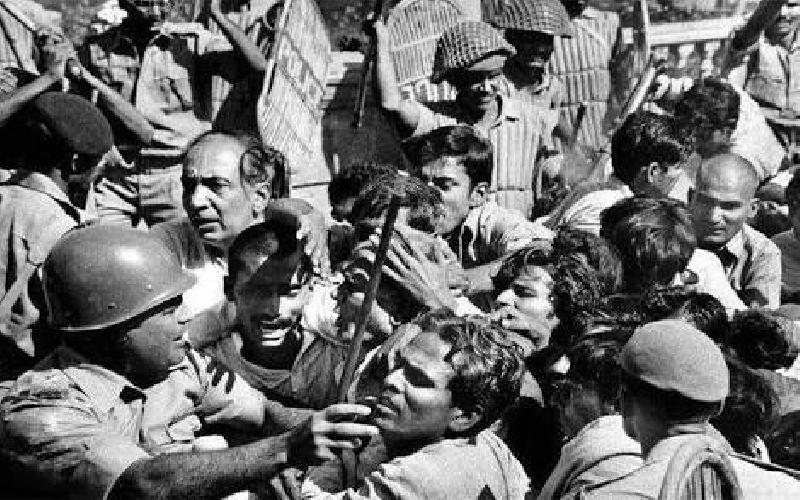
The Karunanidhi government was dissolved in Tamil Nadu. The DMK leader’s son M.K. Stalin was arrested amidst protests under the Maintenance of Internal Security Act.
After the Emergency officially ended fresh elections were called. Congress lost by a large margin, resulting in the Janata Party’s Morarji Desai becoming the first non-Congress Prime Minister of India.
Entertainment
Meghalaya Reserves Legalized Gambling and Sports Betting for Tourists

The State Scores Extra High on Gaming-Friendly Industry Index
Meghalaya scored 92.85 out of 100 possible points in a Gaming Industry Index and proved to be India’s most gaming-friendly state following its recent profound legislation changes over the field allowing land-based and online gaming, including games of chance, under a licensing regime.
The index by the UK India Business Council (UKIBC) uses a scale of 0 to 100 to measure the level of legalisation on gambling and betting achieved by a state based on the scores over a set of seven different games – lottery, horse racing, betting on sports, poker, rummy, casino and fantasy sports
Starting from February last year, Meghalaya became the third state in India’s northeast to legalise gambling and betting after Sikkim and Nagaland. After consultations with the UKIBC, the state proceeded with the adoption of the Meghalaya Regulation of Gaming Act, 2021 and the nullification of the Meghalaya Prevention of Gambling Act, 1970. Subsequently in December, the Meghalaya Regulation of Gaming Rules, 2021 were notified and came into force.
All for the Tourists
The move to legalise and license various forms of offline and online betting and gambling in Meghalaya is aimed at boosting tourism and creating jobs, and altogether raising taxation revenues for the northeastern state. At the same time, the opportunities to bet and gamble legally will be reserved only for tourists and visitors.
“We came out with a Gaming Act and subsequently framed the Regulation of Gaming Rules, 2021. The government will accordingly issue licenses to operate games of skill and chance, both online and offline,” said James P. K. Sangma, Meghalaya State Law and Taxation Minister speaking in the capital city of Shillong. “But the legalized gambling and gaming will only be for tourists and not residents of Meghalaya,” he continued.
To be allowed to play, tourists and people visiting the state for work or business purposes will have to prove their non-resident status by presenting appropriate documents, in a process similar to a bank KYC (Know Your Customer) procedure.
Meghalaya Reaches Out to a Vast Market
With 140 millions of people in India estimated to bet regularly on sports, and a total of 370 million desi bettors around prominent sporting events, as per data from one of the latest reports by Esse N Videri, Meghalaya is set to reach out and take a piece of a vast market.
Estimates on the financial value of India’s sports betting market, combined across all types of offline channels and online sports and cricket predictions and betting platforms, speak about amounts between $130 and $150 billion (roughly between ₹9.7 and ₹11.5 lakh crore).
Andhra Pradesh, Telangana and Delhi are shown to deliver the highest number of bettors and Meghalaya can count on substantial tourists flow from their betting circles. The sports betting communities of Karnataka, Maharashtra, Uttar Pradesh and Haryana are also not to be underestimated.
Among the sports, cricket is most popular, registering 68 percent of the total bet count analyzed by Esse N Videri. Football takes second position with 11 percent of the bets, followed by betting on FIFA at 7 percent and on eCricket at 5 percent. The last position in the Top 5 of popular sports for betting in India is taken by tennis with 3 percent of the bet count.
Local Citizens will Still have Their Teer Betting
Meghalaya residents will still be permitted to participate in teer betting over arrow-shooting results. Teer is a traditional method of gambling, somewhat similar to a lottery draw, and held under the rules of the Meghalaya Regulation of the Game of Arrow Shooting and the Sale of Teer Tickets Act, 2018.
Teer includes bettors wagering on the number of arrows that reach the target which is placed about 50 meters away from a team of 20 archers positioned in a semicircle.
The archers shoot volleys of arrows at the target for ten minutes, and players place their bets choosing a number between 0 and 99 trying to guess the last two digits of the number of arrows that successfully pierce the target.
If, for example, the number of hits is 256, anyone who has bet on 56 wins an amount eight times bigger than their wager.




